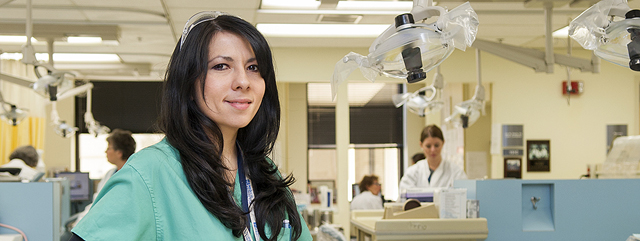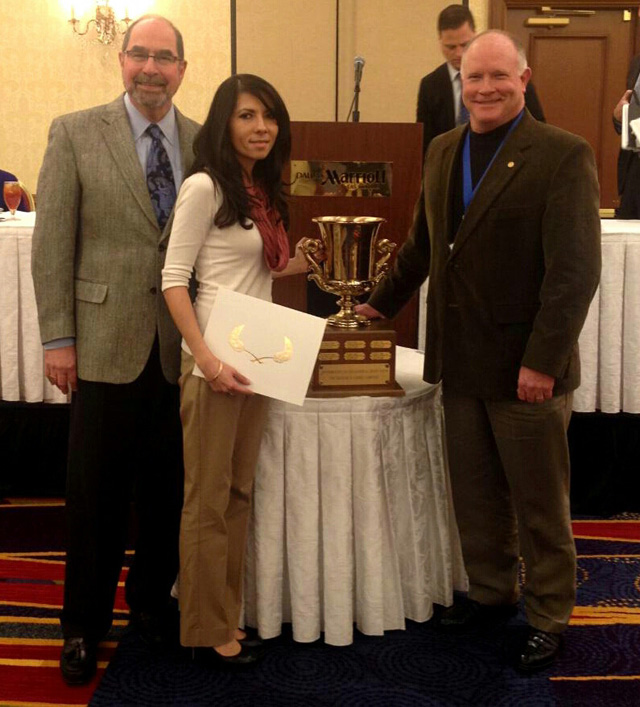Battling inflammation with research

New findings reveal protein’s potential healing capabilities following periodontal surgery
Inflammation is an uncomfortable and inevitable side effect of nearly any invasive treatment, oral procedures included.
Research from Texas A&M University Baylor College of Dentistry has found that a protein called TSG-6 could significantly decrease the recovery time for patients following gingivectomies, gingivoplasties and crown lengthening.
“We’re excited about future possibilities with this protein,” says periodontics resident Dr. Stacy Beltran, who in February won the coveted John F. Prichard Prize for Graduate Research for the study, also her master’s thesis topic. “We found beneficial anti-inflammatory effects when given locally via injection in rats, therefore future studies might investigate the incorporation of TSG-6 into dental anesthetics or topical solutions.”

Beltran’s research is the first to test TSG-6 in an oral environment, but it’s not the first time the protein has been shown to enhance tissue repair.
Dr. Darwin Prockop, professor and director of the Texas A&M Health Science Center Institute for Regenerative Medicine, has been studying TSG-6, a product of mesenchymal stem cells, for years. Tests are underway to determine its potential as a therapy for conditions such as heart attack, stroke, head trauma, lung disease, diabetes and arthritis.
When longtime colleague Dr. Kathy Svoboda, Regents Professor in biomedical sciences and Beltran’s research mentor, approached Prockop about testing TSG-6 in the mouth, he was happy to collaborate by supplying samples, monetary support and guidance via videoconference lab meetings.
“I was enthusiastic about the project because periodontal disease is a significant problem,” Prockop says. “The disease is not caused by any specific infectious agents but an excessive inflammatory reaction [to bacterial biofilm] by the gums that perpetuates itself, and we have demonstrated that TSG-6 is highly effective in reducing inflammation in circumstances where steroids and other drugs have failed.”
TSG-6 is not cheap to produce, but applying it to the gums requires a smaller amount than when administering it to treat other diseases, says Prockop, which cuts down on expense. Since joining the TAMHSC College of Medicine in 2008, Prockop has helped to start a biotech company, Temple Therapeutics, with goals to test the protein in clinical trials in patients once sufficient funds have been raised.
The research study — completed with the help of several TAMBCD predoctoral students — marks the first partnership between the dental school and the Institute for Regenerative Medicine.
“We’re crossing not only department barriers, but we’re also getting advice from experts at the medical school,” says Svoboda. “This is the beginning of a new way of collaboration; it takes a village.”
—Jenny Fuentes